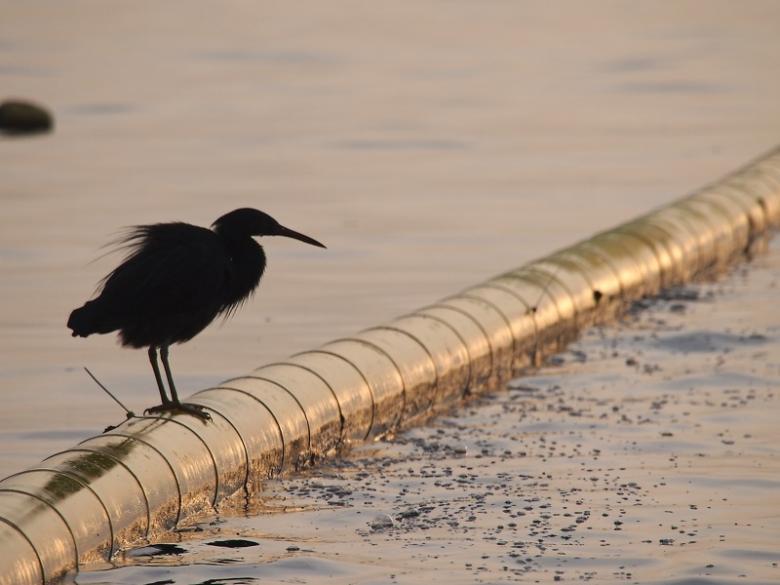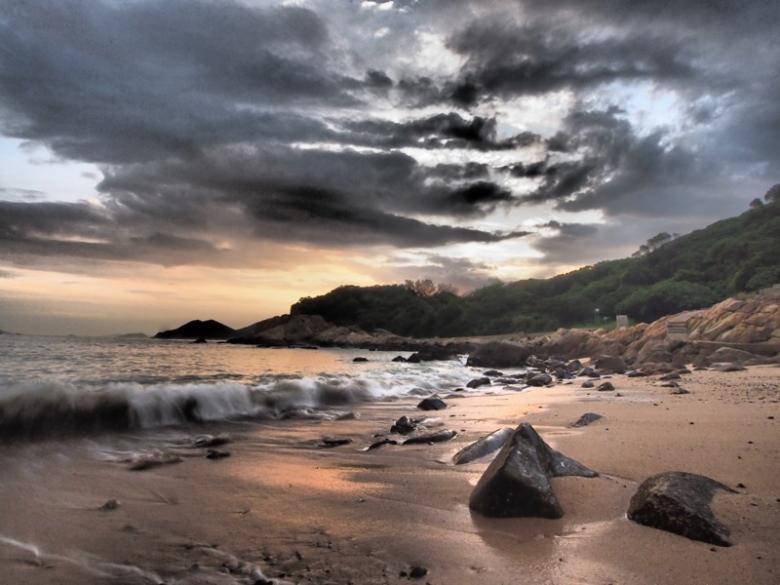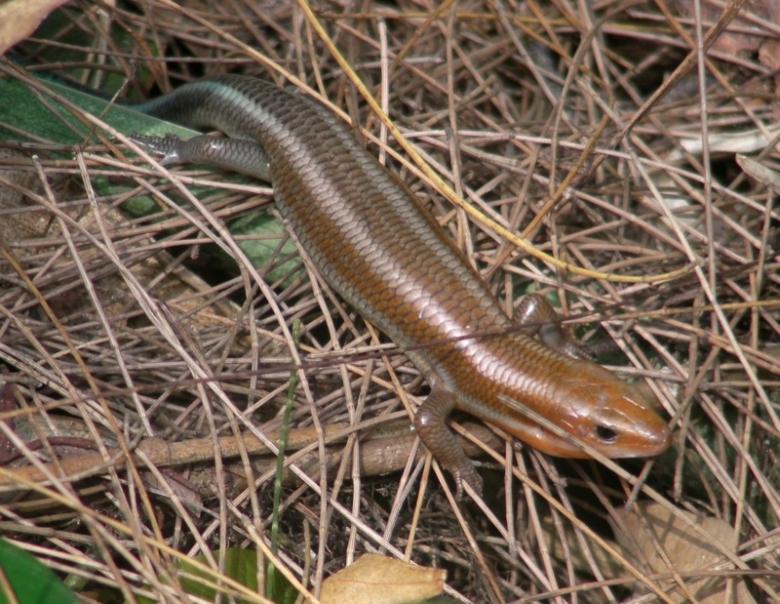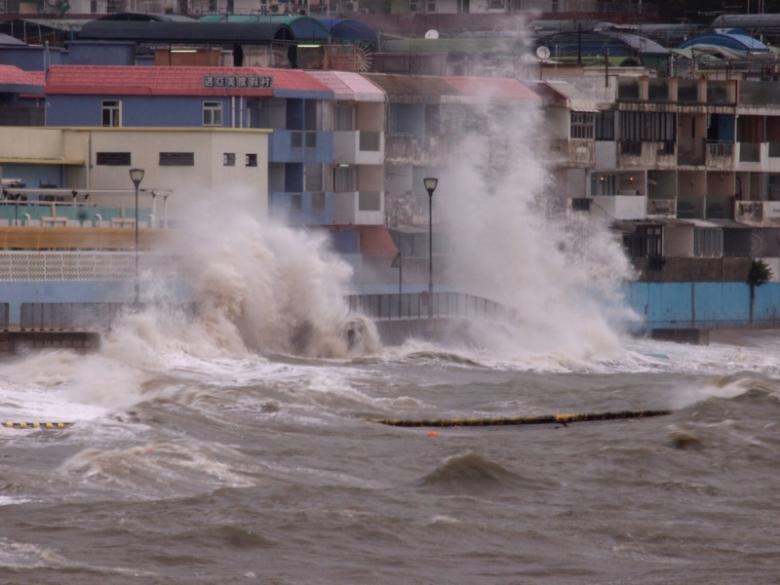Cheung Chau has some wonderful wild places – and interesting wildlife.
Look up during daytime, and you are sure to soon see Black Kites circling overhead, on the lookout for fish in the harbour or near the beach. Cheung Chau is one of Hong Kong’s best places for nesting Black Kites, with perhaps five or more pairs. Swallows are also common breeding birds here, with nests often under low ceilings just outside shops and houses.

Along beaches, look for Reef Egrets – small dark herons, which enjoy perching on the yellow floats holding shark nets, watching for fish that come within reach of their sharp bills.
You can see far more wildlife by walking trails that lead away from the village. The “Mini Great Wall” is a good path – not a wall – reached from a headland above Kwun Yam Wan beach. Here, you can see huge, naturally sculpted granite boulders, with names like Vase Rock, Human Head Rock, Elephant Rock and even Zombie Rock.
Also in southeast Cheung Chau are winding trails above the coast, and up and over a wooded hill. Some ruined houses here date back to perhaps the 1930s, and were built for missionaries who were working in China and came to Cheung Chau for holidays. They’re interesting to explore, and have features like a mini Chinese style landscaped garden, and a statute of the Virgin Mary. Sadly, though part of Cheung Chau history, they are neglected.
The most famous site in southwest Cheung Chau is Cheung Po-tsai Cave, near Sai Wan. It’s not a proper cave – more like a corridor below boulders, but you might scramble through, and think of unlikely stories that the infamous pirate Cheung Po-tsai stashed his booty here. Nearby, a path drops down between boulders to Po Yue Wan, with fine coastal scenery.

You can continue round the coast, to Italian Beach, where a path zigzags up to Peak Road. Despite its name, Peak Road is a footpath, and from above Italian Beach you can return to Sai Wan, or walk east, following the south coast of Cheung Chau as you return to the village.
In summer, birds are relatively inconspicuous, and include common species like bulbuls. Insects are far more obvious: mosquitoes can be a nuisance, but butterflies include gorgeous swallowtails. Cicadas are more easily heard than seen.

Summer is also prime time for reptile and amphibian activity, though most avoid the heat of the day. Cheung Chau is one of Hong Kong’s best places for Blue-tailed Skinks: small lizards that like rocky areas, and have kingfisher blue tails. Frogs and toads are especially active on rainy evenings. There are snakes here, too, including venomous Chinese Cobras and Bamboo Snakes, and Burmese Pythons. They’re hard to find in daytime.

Especially in late summer, Cheung Chau can be a top place for experiencing the wildest Hong Kong weather, when tropical storms and typhoons bring powerful winds and waves that crash onto rocks and promenades.
